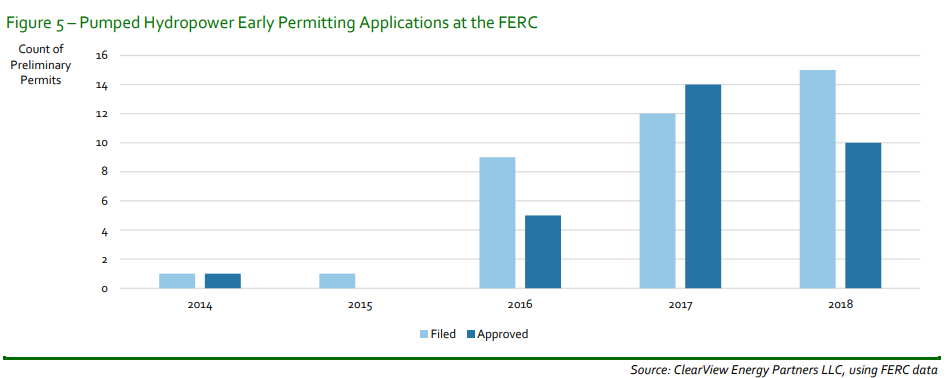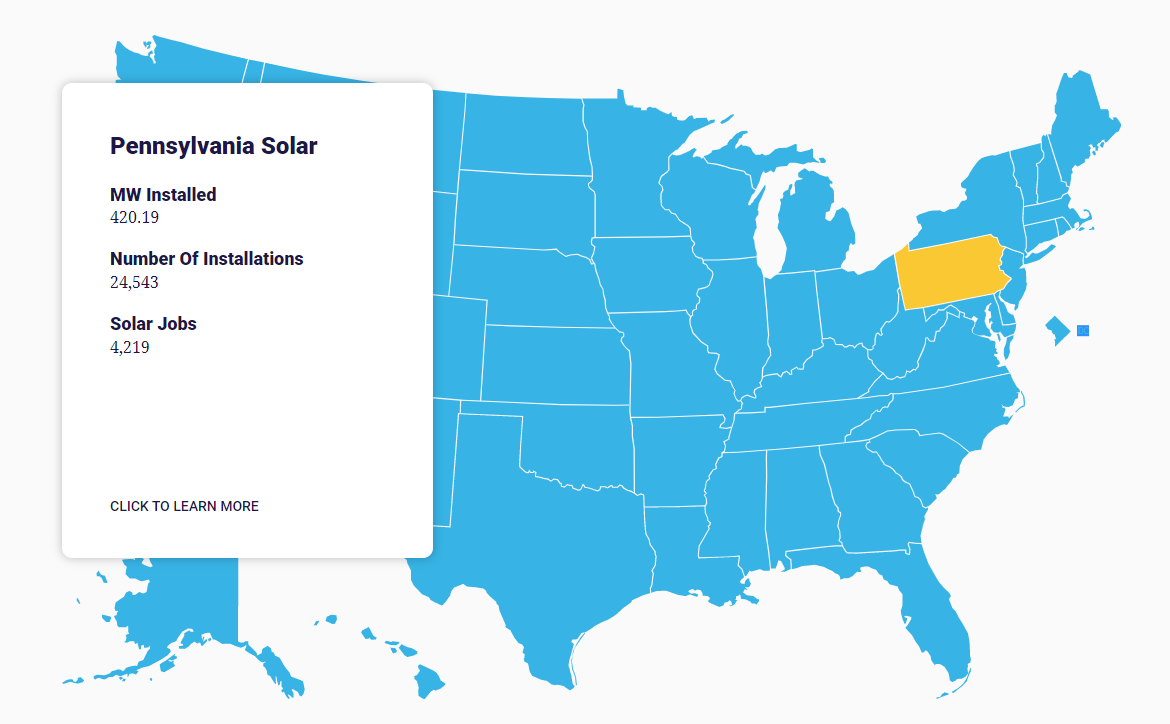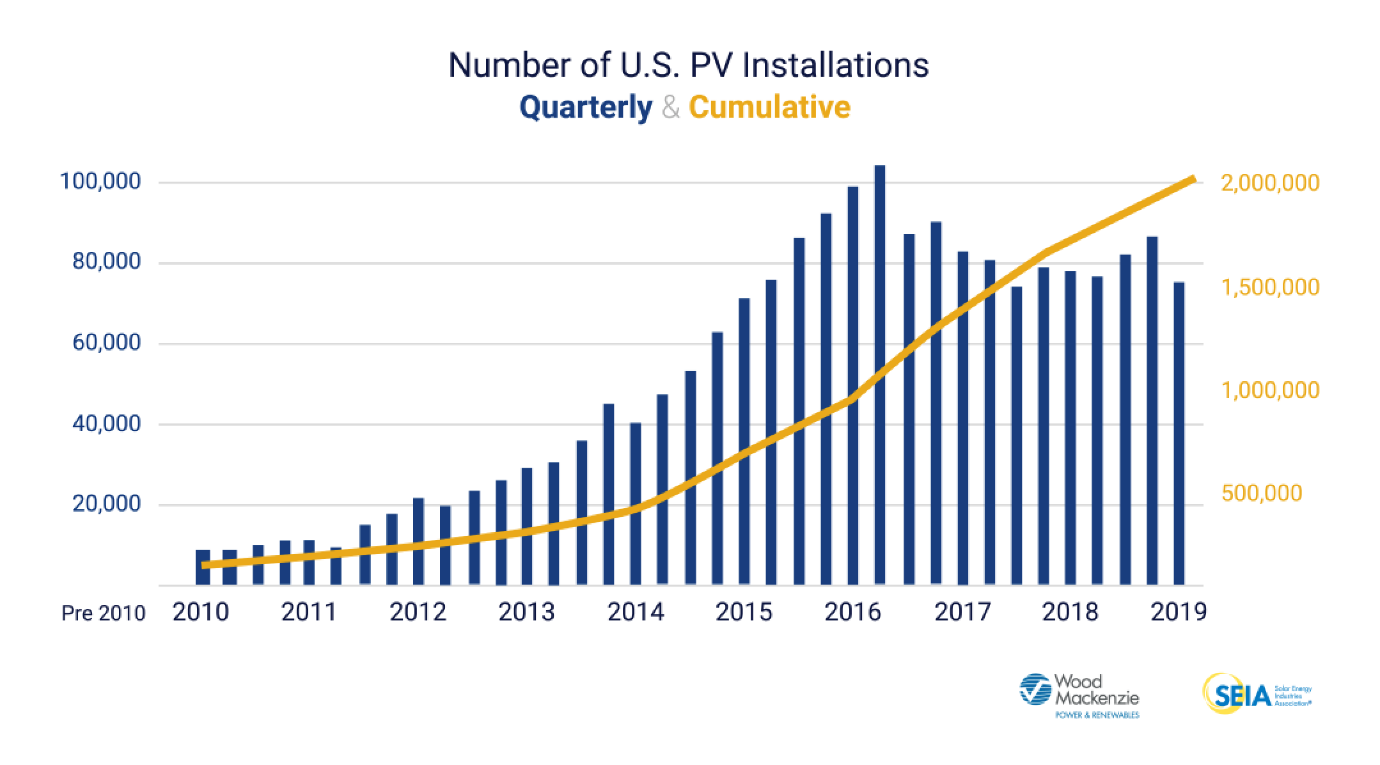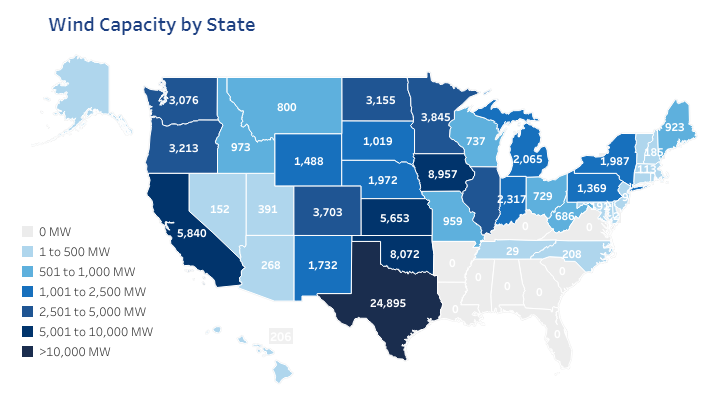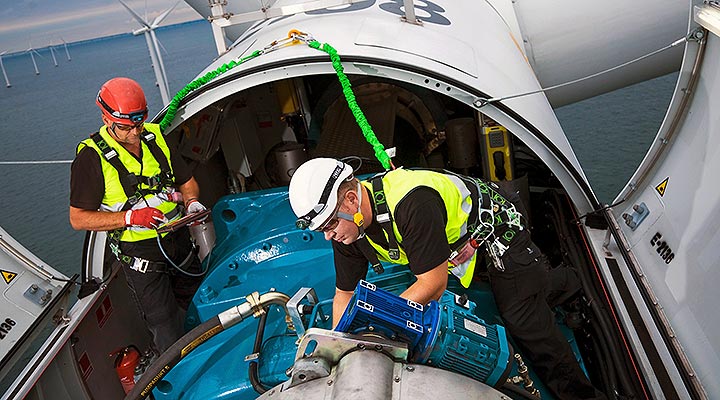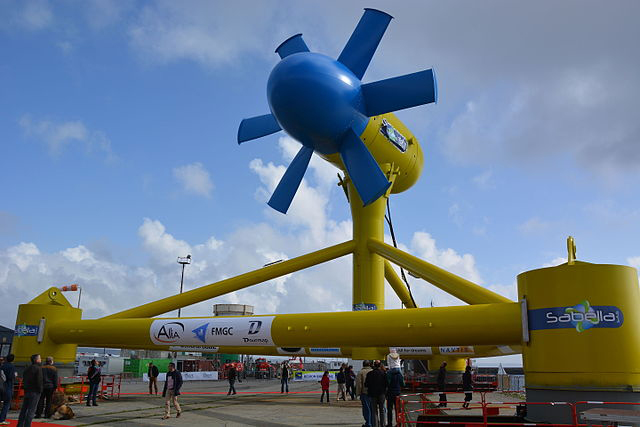Solving the Climate Crisis: Ramping Up Renewables
The House Select Committee on the Climate Crisis is holding hearing on “Solving the Climate Crisis: Ramping Up Renewables” on Thursday June 13 at 10 a.m. in Room 2318 of the Rayburn House Office Building.
Opening statement from Rep. Kathy Castor
"The climate crisis is daunting. But the opportunities we have in front of us for good jobs, clean air and a just future are boundless."- U.S. Rep. Kathy Castor.
READ REP. CASTOR'S OPENING STATEMENT
Witness Testimony and Resources
Abigail Ross Hopper, Esq. (@HopperAbby), President and CEO of the Solar Energy Industries Association (@SEIA). Prior to joining SEIA, Hopper was the Director of the Department of the Interior’s Bureau of Ocean Energy Management and Director of the Maryland Energy Administration. (Bio)
Read a copy of Abigail Ross Hopper’s testimony.
Highlights
Approximately 250,000 Americans work in the $17 billion solar industry. SEIA has a state-by-state breakdown of solar power and solar jobs across the country:
The United States just celebrated its two millionth U.S. solar installation. The first million took 40 years. The second million took just three.
The solar industry aims to provide 20 percent of the nation’s electricity by 2030, up from 2.3 percent today. That requires an average annual growth rate of 18% and cost reductions of nearly 50 percent. Achieving this goal would create 350,000 additional jobs. That’s more workers than every single U.S. company except for Walmart. Such an expansion would add $345 billion into the US economy over the next ten years.
“Our success will prove that climate solutions don’t hurt the economy, but instead, are some of the strongest economic growth engines we’ve seen in decades.” – Abigail Ross Hopper, President and CEO of the Solar Energy Industries Association

Abigail Ross Hopper’s policy recommendations:
- Extend the Investment Tax Credit for solar, especially as solar starts making inroads in the Midwest.
- Invest in energy storage to make the most of solar resources.
- Support trade policies that make renewables more affordable, including reversing Trump’s tariffs on imported solar modules, which increased the cost of panels by 30 percent and cost the solar industry 8,000 jobs.
- Reform electricity markets to allow more competition from solar.
- Invest in electric infrastructure, including desperately needed upgrades to the electricity grid.
- Adopt a federal renewable electricity standard.
- Cut red tape for rooftop solar. (Streamlining permitting can reduce costs by as much as 40 percent.)
- Improve permitting for solar projects on federal land, including on brownfields.
- Install solar on federal buildings and allow agencies to enter into long-term power purchasing agreements for clean energy.
- Invest in workforce development, including in rural areas where utility-scale solar can grow.
- Support a strong pipeline of workers from diverse backgrounds.
Tom Kiernan (@TomCKiernan), President and CEO of the American Wind Energy Association (@AWEA). Kiernan previously served as president of the National Parks Conservation Association and worked for the Environmental Protection Agency’s Office of Air and Radiation under President George H.W. Bush. (Bio)
Read a copy of Tom Kiernan’s testimony.
Highlights
114,000 Americans in all 50 states have jobs supporting the wind industry. More than 500 American factories in 42 states build many of the 8,000 parts found in a modern wind turbine. At least 69 percent of U.S. congressional districts have either an operating wind farm or wind-related factory, or both.
Wind supplied 6.5 percent of the country’s electricity in 2018. At the state level, six states now generate at least 20 percent of their electricity using wind. In 2018, the U.S. wind industry invested $12 billion in new projects and paid over $1 billion in state and local taxes and landowners lease payments.
“Wind energy is an American success story, providing jobs, investment, manufacturing and economic and environmental benefits across the country.” – Tom Kiernan, president and CEO of the American Wind Energy Association
The offshore wind industry is primed to scale up. The United States has a potential offshore wind power pipeline of over 25,700 megawatts spanning 10 states in the Northeast, MidAtlantic and Great Lakes.
Tom Kiernan’s policy recommendations:
- Modernize the electricity grid. Consumers currently pay approximately $6 billion in annual transmission congestion costs. The Midcontinent Independent System Operator (MISO) found that recent transmission investments will provide $12 to $53 billion in net benefits over the next 20 to 40 years. That’s between $250 and $1,000 for each person currently served by MISO and is 2.2 to 3.4 times greater than the cost of the transmission.
- Reflect the cost of carbon pollution in the market and simplify energy tax policies to reward power sources that cut pollution.
- Reform U.S. steel and aluminum tariffs to reduce the cost of doing business for U.S. wind energy developers, who are paying higher prices for component parts, which hurts manufacturers and farming and ranching communities that generate income with wind power.
Katherine Hamilton (@CleanGridView), Chair of 38 North Solutions. Hamilton co-chairs the World Economic Forum’s Future of Advanced Energy Technology Global Future Council and is the immediate past president of GRID Alternatives Mid-Atlantic. She’s held numerous leadership roles in clean energy and is a co-host of The Energy Gang podcast. (Bio)
Read a copy of Katherine Hamilton’s testimony.
Highlights
One in five Americans live in a place with a 100% clean energy goal.
In addition to wind and solar, hydropower, geothermal, ocean and tidal, and biomass should also be considered part of the equation to provide clean generation sources.
Grid scale energy storage is critical for expanding clean energy. That includes batteries of all chemistries, flywheels, flow batteries and longer duration pumped hydro and chemical storage. Energy storage lets renewables act as their own form of baseload energy.
Demand response allows consumers to use less electricity when rates are at their highest. Customers have seen tremendous economic benefits as a result. On the PJM grid in the mid-Atlantic, customers collectively saved $11.8 billion in one year alone through demand response.
Clean energy is part of climate resilience, too. “The ability to fail fast, and then recover fast, is particularly suited to distributed energy resources.” For instance, universities on renewable microgrids stayed operational after Hurricane Sandy. And hundreds of energy storage facilities in California have been able to function as a “virtual power plant” during heat waves.
Katherine Hamilton’s policy recommendations:
- Support the investment tax credit to drive down the cost of energy storage.
- Utilize a federally managed financial institutions like a Green Bank to provide capital for low-carbon projects, including community development and securitization for coal plant retirements.
- Support public-private partnerships and cost-sharing, expanding on success of programs adopted under the Recovery Act
- Use weatherization funds to all low-income households to install solar and other distributed resources.
- Adopt a federal clean energy standard that includes energy storage and demand response.
- Fund research and development programs at the Department of Energy and other agencies.
- Support broadband for all consumers since Internet access allows consumers to exert more control over their energy use and bills.
- Support workforce development, including in communities that rely on mines and fossil fuels.
Christine Tezak, Managing Director of Research at ClearView Energy Partners, LLC. Tezak was a senior research analyst at Robert W. Baird & Co. and a senior vice president with the Washington Research Group. She has served as a board member of the Washington, D.C.-based Women's Council on Energy & the Environment. (Bio)
Read a copy of Christine Tezak’s testimony.
Highlights
U.S. electric power sector carbon pollution declined 28% since 2005 because of slower electricity demand growth and changes in the mix of fuels used to generate electricity. In 2017, the Energy Information Administration calculated that carbon pollution from electric power totaled 1,744 million metric tons (MM MtCO2) in 2017, the lowest level since 1987. But in 2018, they rose slightly to 1,762 MM MtCO2.
Renewable energy resources are growing quickly, but unevenly, throughout the United States, thanks in large part to state initiatives. Currently, natural gas provides backup power when renewable generation is low. Energy storage can also provide backup power and natural gas providers are exploring carbon capture and sequestration for their operations.
Six states have energy storage adoption targets and the Federal Energy Regulatory Commission (FERC) and regional wholesale market operators are implementing a 2018 rule to facilitate the participation of storage resources.
FERC has seen an uptick in preliminary permit applications for pumped hydro storage projects. It’s not yet clear how quickly new projects will come online given that they are all still in the preliminary permitting stage.
